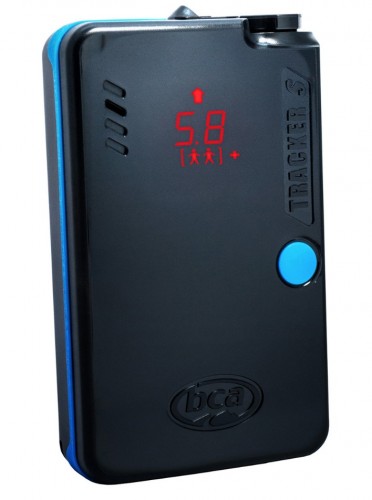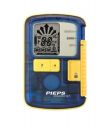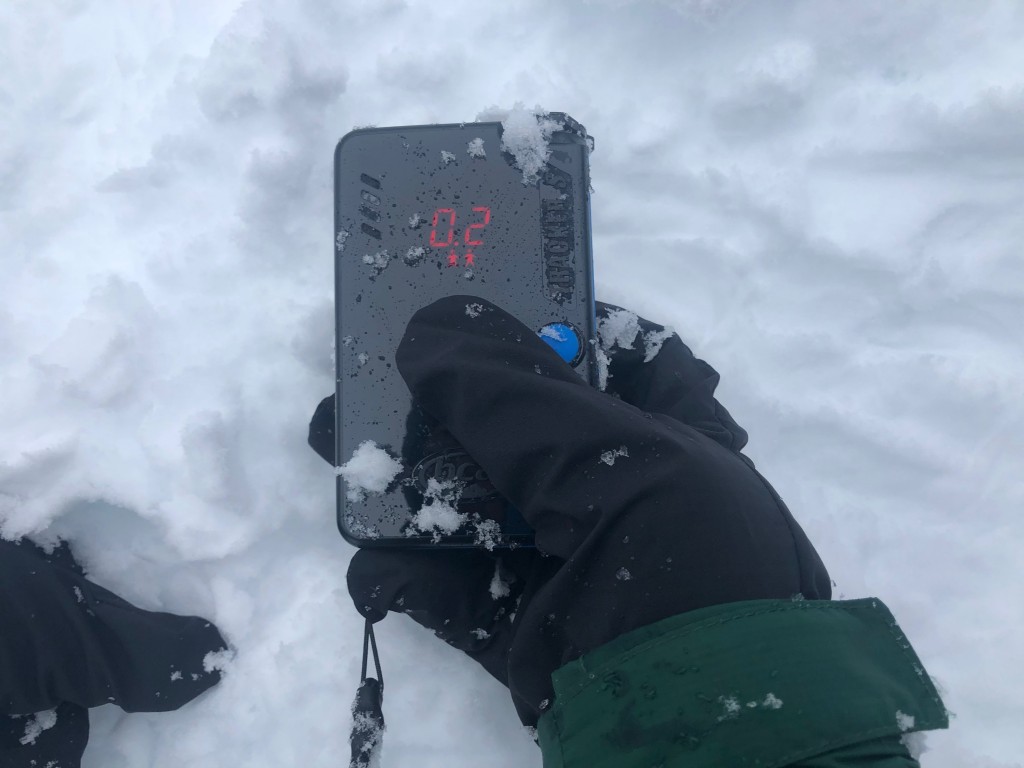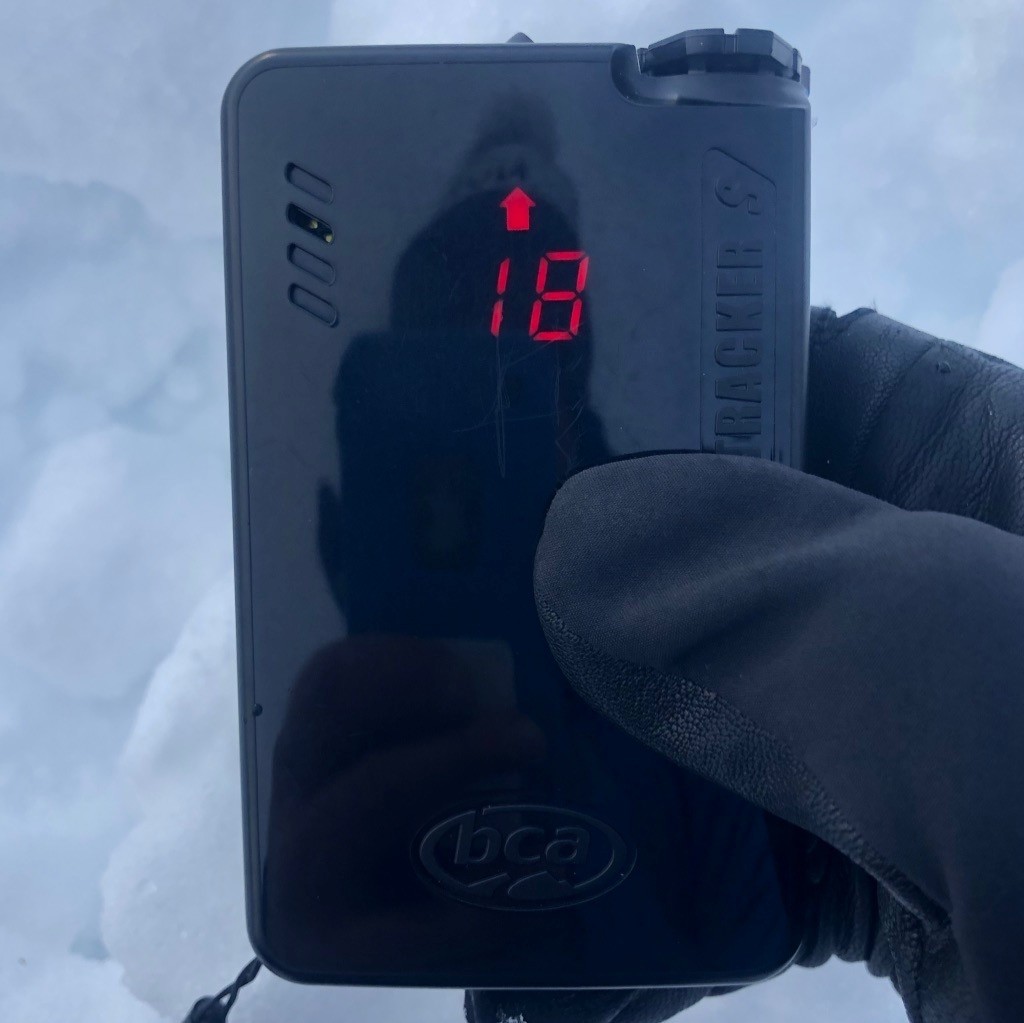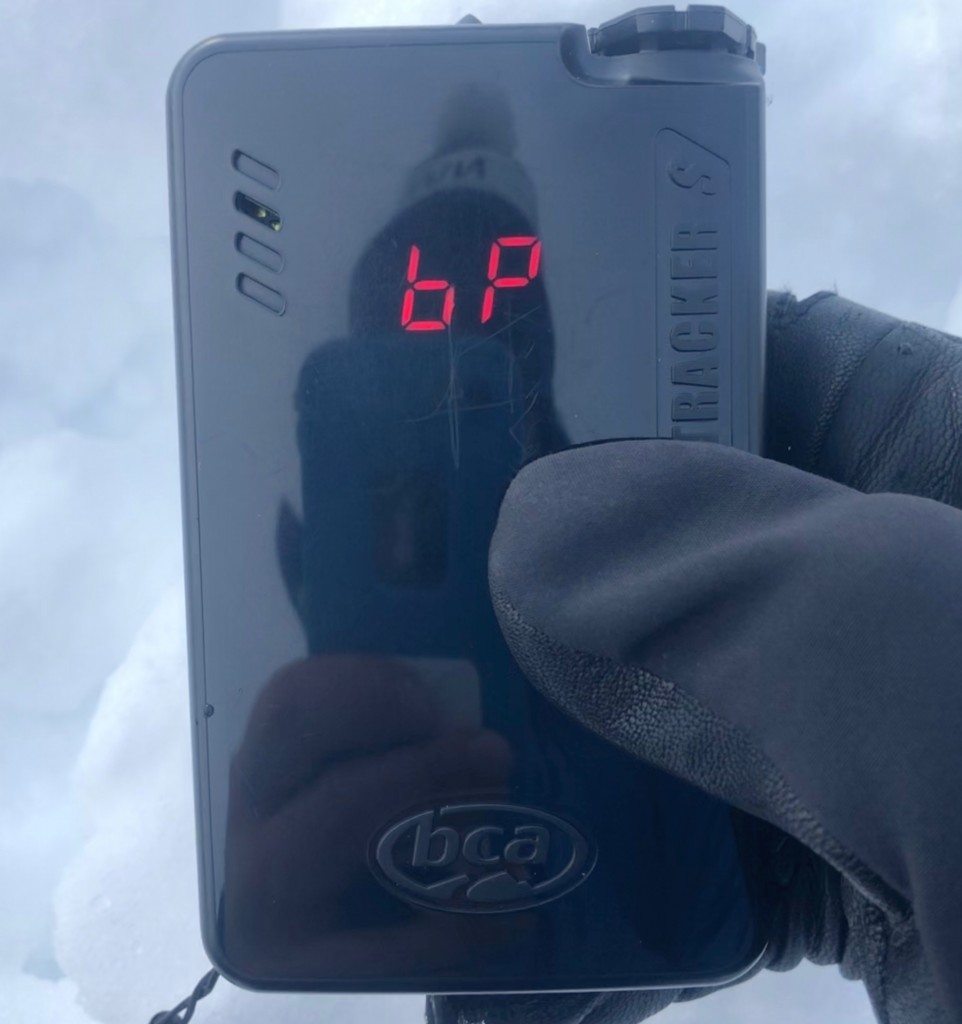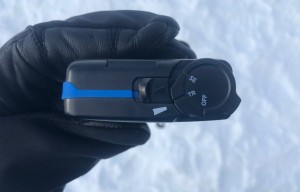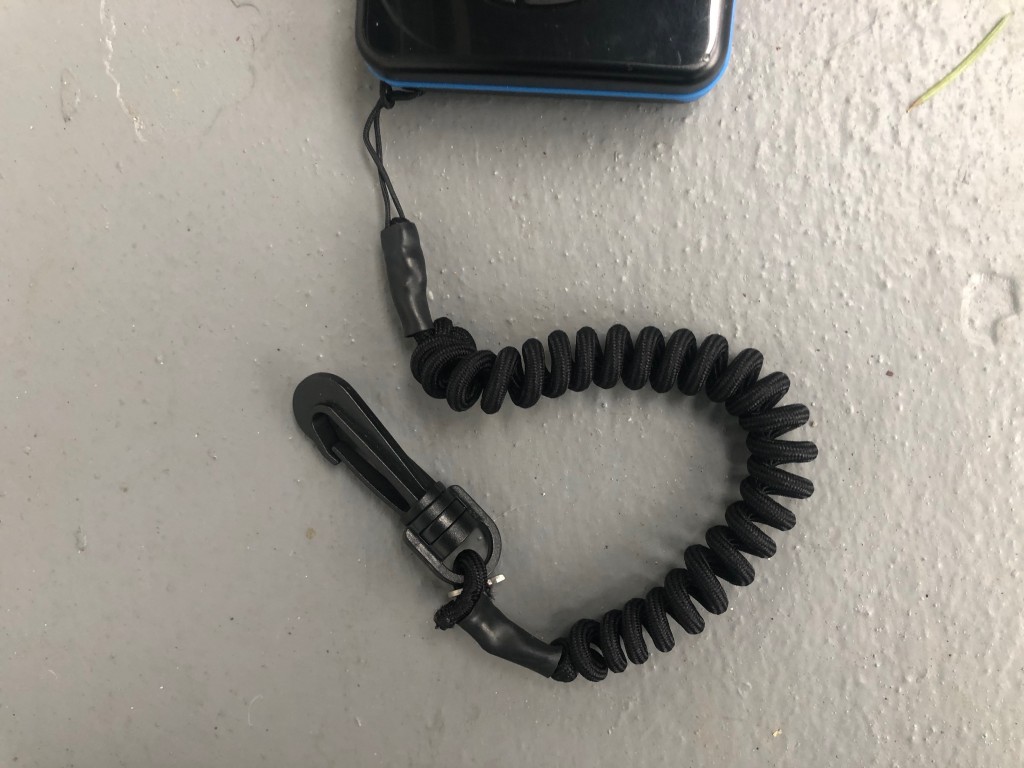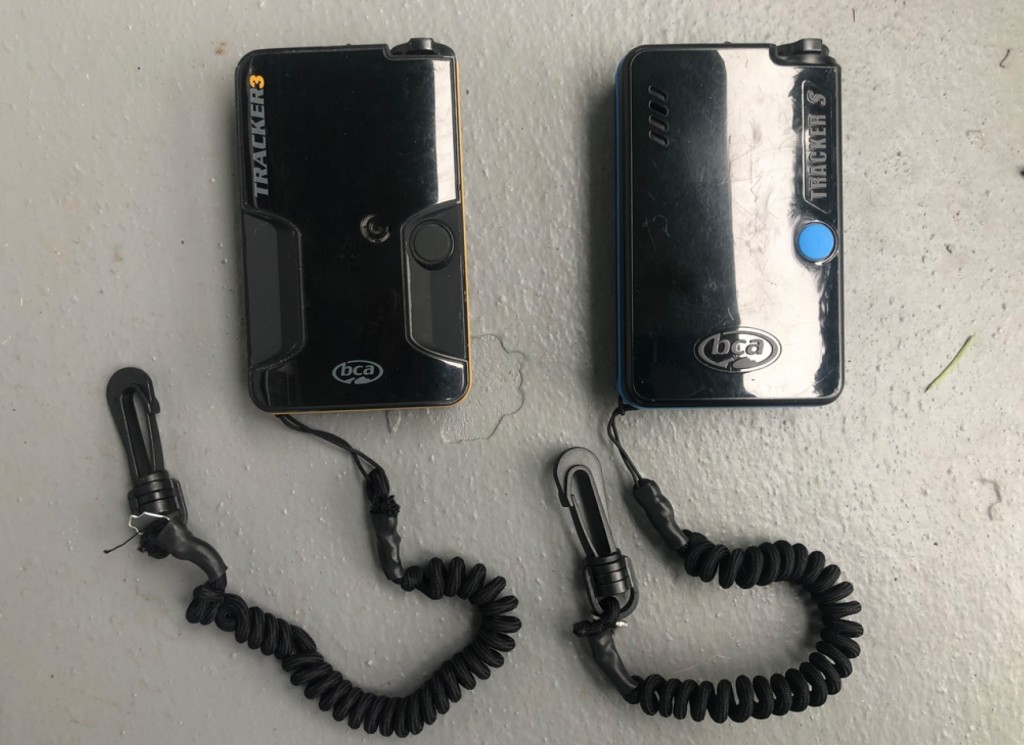Backcountry Access Tracker S Review
Our Verdict
Compare to Similar Products
 This Product
Backcountry Access Tracker S | |||||
|---|---|---|---|---|---|
| Awards | |||||
| Price | Check Price at Backcountry Compare at 3 sellers | $400 List $399.95 at Evo | $340 List | $350 List | $262.46 at Backcountry Compare at 2 sellers |
Overall Score  |
|||||
| Star Rating | |||||
| Bottom Line | With an easy to use interface and a very fast processor, this a great option for a wide range of users | BCA honors the 'simplicity is speed' mantra, offering only the most sought-after features with this fast and intuitive beacon | This beacon might be marketed as a basic model, but its performance is on the higher end and it still has the majority of features that backcountry travelers seek | Marketed as a more basic beacon, but capable and well featured, especially for the price | A fantastic all-around model that combines ease of use in a smaller than average package |
| Rating Categories | Backcountry Access... | Backcountry Access... | Pieps Powder BT | Black Diamond Recon BT | Backcountry Access... |
| Single Victim Search (25%) | |||||
| Speed (20%) | |||||
| Fine Search (20%) | |||||
| Multiple Burials (15%) | |||||
| Range (10%) | |||||
| Features (10%) | |||||
| Specs | Backcountry Access... | Backcountry Access... | Pieps Powder BT | Black Diamond Recon BT | Backcountry Access... |
| Weight | 165 g / 5.8 oz | 215 g / 7.5 oz | 225 g / 7.9 oz | 225 g / 7.9 oz | 215 g / 7.6 oz |
| Number of Antennae | 3 | 3 | 3 | 3 | 3 |
| Manufacturer's Stated Range | 50-55 meters | 50-55 meters | 60 meters | 60 meters | 50 meters |
| Flagging Feature | Yes | Yes | Yes | Yes | Yes |
| Battery Life (in "Send") | 250 hours | 250 hours | 200 hours | 200 hours | 250 hours |
| Digital/Analog | Digital | Digital | Digital | Digital | Digital |
Our Analysis and Test Results
Don't let its below-average price or the "S" for simple fool you into thinking this isn't a capable beacon. With its lightning-fast processor, easy-to-use interface, and top-tier precision during the bracketing stage, this model was consistently quick at finding a single beacon. It's not our first choice for guides or avalanche educators, as its software can't be updated, it has a so-so range, and there's an inability to adjust several of its features. However, it's an extremely solid beacon for the vast majority of backcountry travelers.
Performance Comparison
Single Victim Search
An avalanche beacon's ability to find a single burial is by far its most important design characteristic. For finding a single victim, the Tracker S is one of the fastest. The user interface is easy to use, with a combination of five directional arrows. It also has intuitive sounds that change dramatically as you move toward the buried signal.
Speed
Sharing the same processor as the Tracker3, this beacon is fast at finding victims. Even with a lot of signal overlap, it rarely gets bogged down, and while all rescuers should strive not to move too fast in the fine search, this beacon manages to keep up most of the time.
Fine Search
The directional arrows vanish at two meters. This tells the searcher to keep that orientation and start bracketing. We prefer this configuration as opposed to other beacons with directional arrows that vanish at three meters. With models having arrows that disappeared at three meters, we found it consistently harder to keep the same orientation over the longer distance, especially in lumpier debris or in steeper inclines.
All of our testers loved the precision of the Tracker S in the fine search, and it is a consistent model, putting the buried beacon at the dead center of the bracket. This leads to a quicker probe strike and generally increases the odds of finding the buried signal longer. Of note, newer or less practiced users had an easier time bracketing with this beacon than most of the more expensive models in our review.
Multiple Burials
The Tracker S is built to easily jump to the closest (strongest) signal; it can also suppress a signal for 60 seconds. Like most things, both of these designs have advantages and disadvantages.
The ability to easily jump from one signal to another is fantastic for micro strip-searching during truly complex burials or in situations where you have three or more beacons buried nearby. When you have three or more beacons buried in close proximity of one another, most beacons are more likely than not to have their signal suppression mode (the flag or mark feature) fail or not blind the intended signal (or blind both of them, depending on the feature). The Tracker S was among the best for micro strip-searching.
If attempting to flag a specific beacon, we felt the Tracker S did a very good job at differentiating beacons and not blinding two beacons by mistake. To flag/mark a given beacon, simply press the button on the face of the beacon until it flashes SS for signal suppression, which lets you know the beacon has completed this function.
For very close proximity burials, you need to be aware that the Tracker S disengages the flag/mark after 60 seconds. This design aspect isn't as important when people are buried further apart, and its ability to lock onto the closest signal will make sure you stay closer to the next beacon; however, when two models are buried very close, and you aren't able to bracket the second beacon very quickly, it can be problematic.
One of the most helpful features for multiple burials is the big picture mode, which is also found on the Tracker3. To access big picture mode, continue holding down the flag button (which BCA calls the options button) until it displays BP and then starts displaying all the signals simultaneously by bouncing quickly between each buried model distance and direction. For guides and avalanche educators trying to pass their respective beacon drills, we think this is one of the most helpful modes. We also found this was extremely helpful in obtaining a good overview of the scene for more complex burial situations in general.
Range
Backcountry Access claims a maximum range of 55 meters and recommends a search strip width of 50 meters. On a dry football field and side-by-side range testing on a snow-covered parking lot, we consistently found this model to have a maximum range between 40-45 meters; we think the 50-meter search strip width is a bit on the more aggressive side. We do find that many manufacturers are slightly more cautious in many cases.
The Tracker S meets AIARE and AAI's recommendation of a 40-meter search strip width (effectively searching an area of 20 meters on either side of you), but not much more.
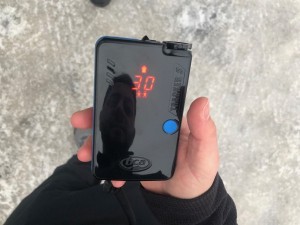
Features
Comfort to Carry
This model's slim profile ensures it's comfortable to wear — it is one of the lowest-profile models in our fleet.
Revert to Send mode
One of the two major differences between the Tracker3 and the Tracker S is this model doesn't have an internal motion sensor; thus, it has a fixed five-minute time frame before it reverts to sending/transmitting. Thirty seconds before the five-minute mark, the beacon will start to flash, indicating that it will go back into send/transmit mode. To stop it, simply hit the options button, which is the only button on the beacon. The idea behind this design characteristic is that if a secondary avalanche occurs while the rescuer is still searching, they have some hope of being rescued once their beacon switches back over.
Battery life
The Tracker S has above-average battery life, with 250 hours in transmit or 50 hours in search only. Even after 200 hours in transmit/send mode, the Tracker S can still search for an hour.
Should You Buy the Backcountry Access Tracker S?
For the price, this is our favorite for overall speed and ease of use. The more basic beacons have gotten a lot more capable in recent years, including this one, but they have also all gotten a little more expensive, and we believe this is the best of the bunch for performance versus price.
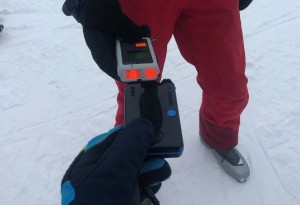
What Other Avalanche Beacons Should You Consider?
The Tracker S is a fantastic all-around beacon and will suit the needs of most backcountry travelers. Its fast processor and easy-to-use interface make it perfect for folks just getting into the backcountry as well as experienced users. That said, for guides, avalanche educators, and trip leaders, we would recommend a more featured beacon like the Black Diamond Guide BT or Pieps Pro BT.


